BUYER’S GUIDE
In today’s unpredictable world, it’s extremely important to be prepared. Body armor is an essential tool to keep you and your loved ones safe. However, with the huge variety of protective gear on the market, it’s not always easy to choose the exact product you need. That’s why we’ve created the Complete Buyer’s Guide, which will lead you through all the choices available and help you make an informed decision about the perfect armor for you.
DYNEEMA SPECTRA BLEND
Our armor is created through a proprietary manufacturing process and combined with a blend of high-performance DYNEEMA® and SPECTRA® fibers. Both of these fibers are classified as ultra-high-molecular-weight polyethylene (UHMWPE), the most advanced technology in the body armor industry today. DYNEEMA® and SPECTRA® fibers bring unparalleled advantages over any other materials used to produce body armor. Tested to be up to 15x stronger than steel, our armor made with DYNEEMA® and SPECTRA® is a cutting-edge solution for American law enforcement and civilians alike. It is the strongest, lightest, and most comfortable body armor on the market.
SOFT ARMOR OR HARD ARMOR
Simply speaking, soft armor is classified to protect you from small caliber rounds such as handguns, while hard armor will keep you protected against higher caliber rounds fired from rifles.
To understand the level of plate needed for your application, we recommend following the National Institute of Justice (NIJ) threat guidelines and categories. In collaboration with the National Law Enforcement and Technology Center, Office of Law Enforcement Standards (OLES), and National Institute of Standards and Technology (NIST), NIJ conducts a thorough testing of all ballistic armor. The armor is put through careful examination to comply with NIJ’s criteria before reaching its future buyers. That is why it’s best to purchase the plates that align with your needs according to NIJ ratings.
WHICH LEVEL OF BODY ARMOR PROTECTION WILL WORK FOR ME?
West Coast Armor offers body armor from Level IIIA to Level IV AP. Through our proprietary manufacturing process, we’ve developed soft armor with incredible flexibility and thinness while maintaining excellent ballistic protection.
PROTECTION LEVELS
- Level II is a type of soft body armor that can stop .9mm and .40 S&W ammunition fired from short barrel handguns. It is a lightweight, easily concealable, and super thin type of armor for lower-risk situations where concealability is key. At the same time, NIJ Level IIIA has recently become the most popular on the market due to its higher performance and ability to prevent trauma.
- Level IIIA plates protect against the .357 Sig FMJ or a .44 Magnum Semi. They are more commonly marketed as soft armor, but sometimes hard armor and ballistic shields can be rated at this level as well. Level IIIA gear can also be found to have the ability to be inserted into additional armor.
- Level III is tested to stop 7.62 mm FMJ steel jacketed bullets. This rating is typically reserved for hard armor and is represented by the ballistic plates that offer rifle protection. Since it’s designed to stop rifle rounds, it’s heavier than soft armor.
- Level IV is the highest level of body armor against special threat weapons. It is designed to handle rounds from an armor-piercing rifle caliber.
WHAT ABOUT MATERIAL?
POLYETHYLENE
Polyethylene is the most common plastic in the world, known for its high quality and longevity. When it entered the protective market, it once again justified its reputation. A special kind of polyethylene has recently been adapted for use in body armor. The thermoplastic known as ultra-high-molecular-weight polyethylene (UHMWPE) is a material rated at up to 15 times stronger than steel. Thanks to our proprietary manufacturing process, millions of UHMWPE fibers layered on each other and then pressed results in the world’s lightest, most durable, and highest-performing armor.
STEEL
Once considered the most popular material for body armor, steel is now no longer the standard. The major drawback of steel is that it does not absorb incoming rounds, but deflects them. This leads to the risk of ricochet, meaning that parts of the bullet may disseminate and hit unprotected parts of the body, like the neck, face, arms, etc. Additionally, armor made with steel is heavier than any other material typically used in body armor, which drastically decreases the wearer’s mobility, making it impractical for professionals to wear for prolonged periods or in specific situations where mobility is critical.
CERAMIC
Ceramic is another material losing its popularity due to the more advanced technologies that body armor manufacturers are starting to utilize. Nevertheless, it is lighter than steel and brings a better absorptive capacity, making it better at preventing severe injuries from incoming rounds. However, there are still some setbacks to ceramic armor. Once impacted, ceramic tends to crack at the impact point, leading to a complete breakdown of the armor when hit with further rounds. Since ceramic armor can’t resist multiple hits, this decreases the safety of the wearer. What’s more, ceramic is rigid enough to constrain movement, making it difficult to maneuver and uncomfortable to wear.
SIZING
The primary goal of body armor is to cover the heart and other vital organs. In most cases, proper plate coverage is from nipple to nipple, clavicle notch (at base of neck) to 1/2”-1” above the belly button. A properly fitted chest plate should not interfere with the movement of your arms or shoulders. If a plate is too large, it may interfere with your ability to move your arms freely and potentially cause an issue with aiming or discharging a weapon.



